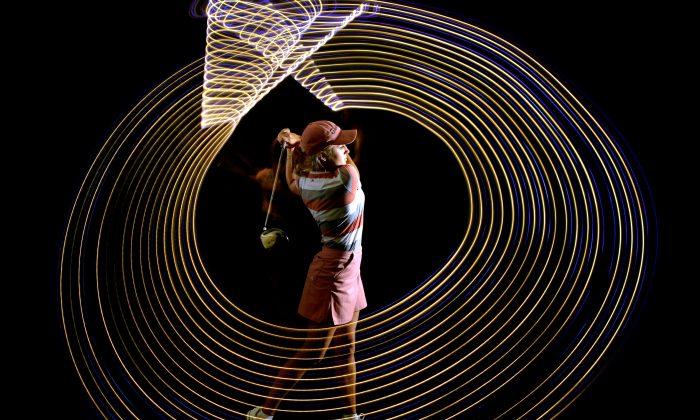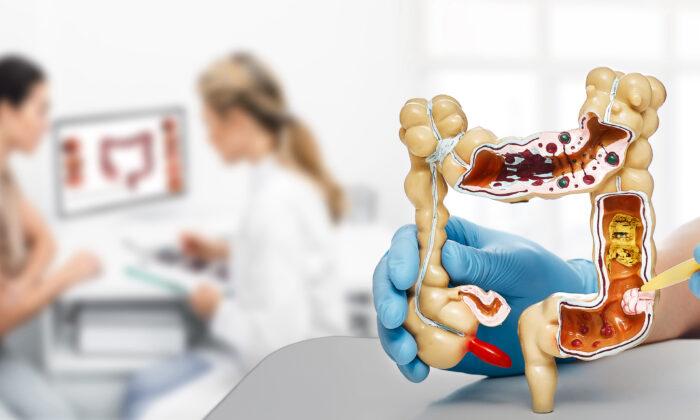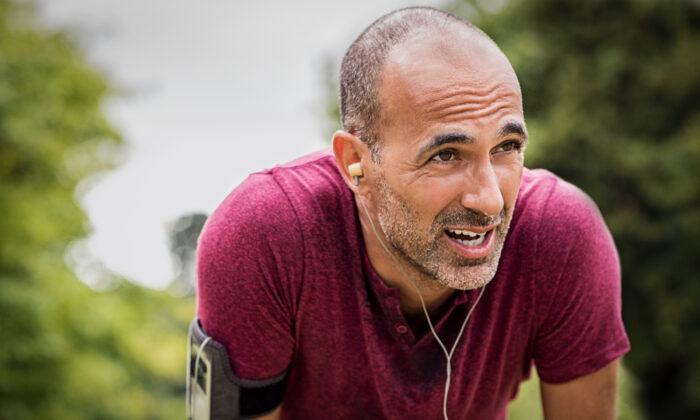
There, micromirrors are used to encode the image, then reflect the photons to a beam splitter, which shoots the photons to the widened slit of a streak camera. The photons are converted to electrons, which are then sheared with the use of two electrodes, converting time to space. The electrodes apply a voltage that ramps from high to low, so the electrons will arrive at different times and land at different vertical positions. An instrument called a charge-coupled device (CCD) stores all the raw data. All of this occurs at the breathtaking pace of 5 nanoseconds. One nanosecond is a billionth of a second.
Wang’s work with CUP pushes the dimensional limits of fundamental physics and also pushes the limits of deep imaging of biological tissues, one of Wang’s research specialties.
“Fluorescence is an important aspect of biological technologies,” he said. “We can use CUP to image the lifetimes of various fluorophores, including fluorescent proteins, at light speed.”
In the astronomy world, CUP can be a game-changer, Wang said.
“Combine CUP imaging with the Hubble Telescope, and we will have both the sharpest spatial resolution of the Hubble and the highest temporal solution with CUP,” he said. “That combination is bound to discover new science.”
The original article can be found here.





Friends Read Free